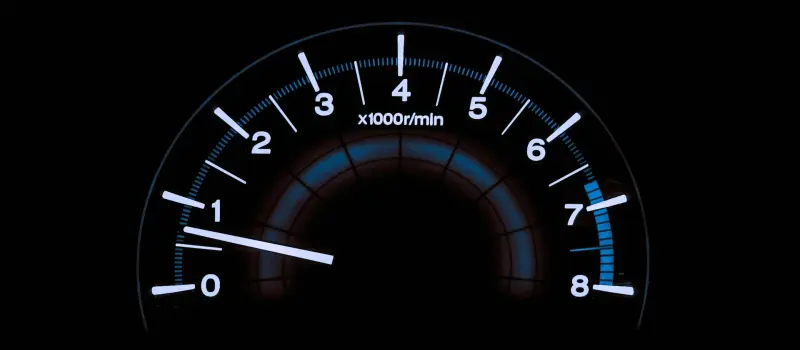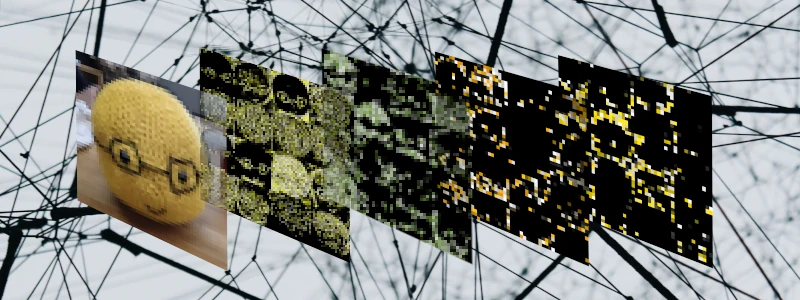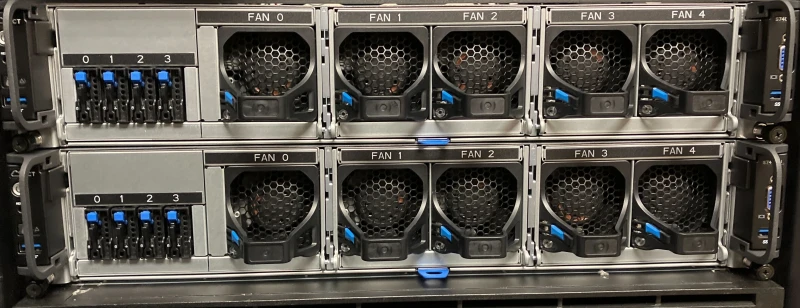Python GPU Programming with Numba and CuPy

In a previous blog, we looked at using Numba to speed up Python code by using a just-in-time (JIT) compiler and multiple cores. The speed-up is remarkable with small changes to the existing code.
In this blog post, we will continue exploring the Numba ecosystem and implement the Gauss map on the GPU, gaining further speed up while still writing Python code. We will also look at CuPy which is another way to write and run GPU code. Instead of being Pythonic, it allows hybrid programming where the GPU code is written in CUDA but executed in Python.
One key advantage of hybrid programming is writing software in your preferred language while optimising performance-critical sections in a faster language - the best of both worlds!













